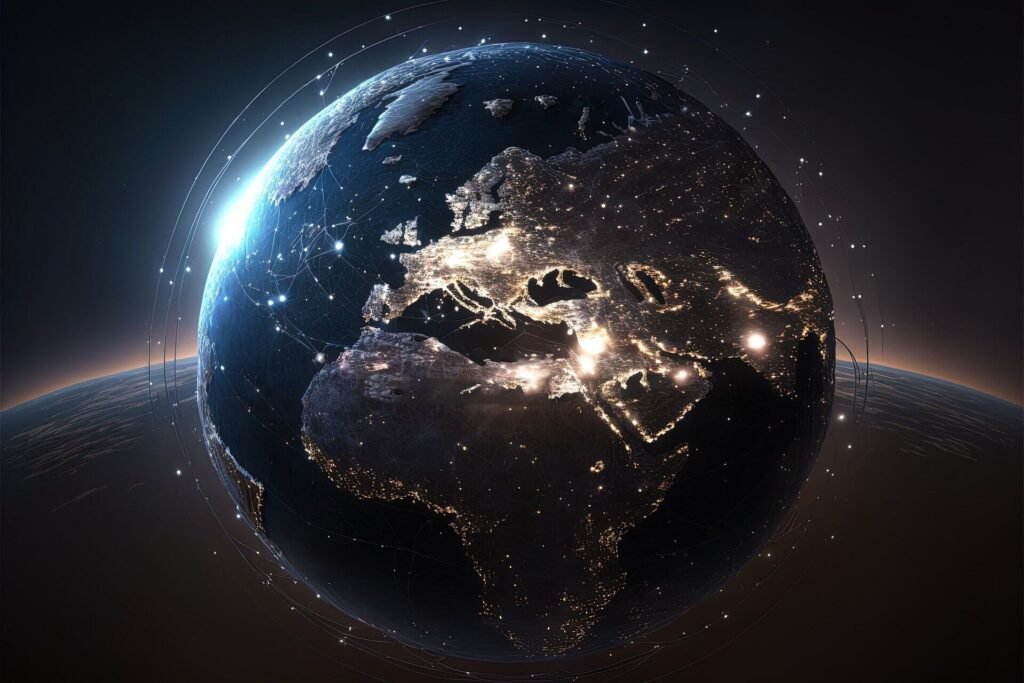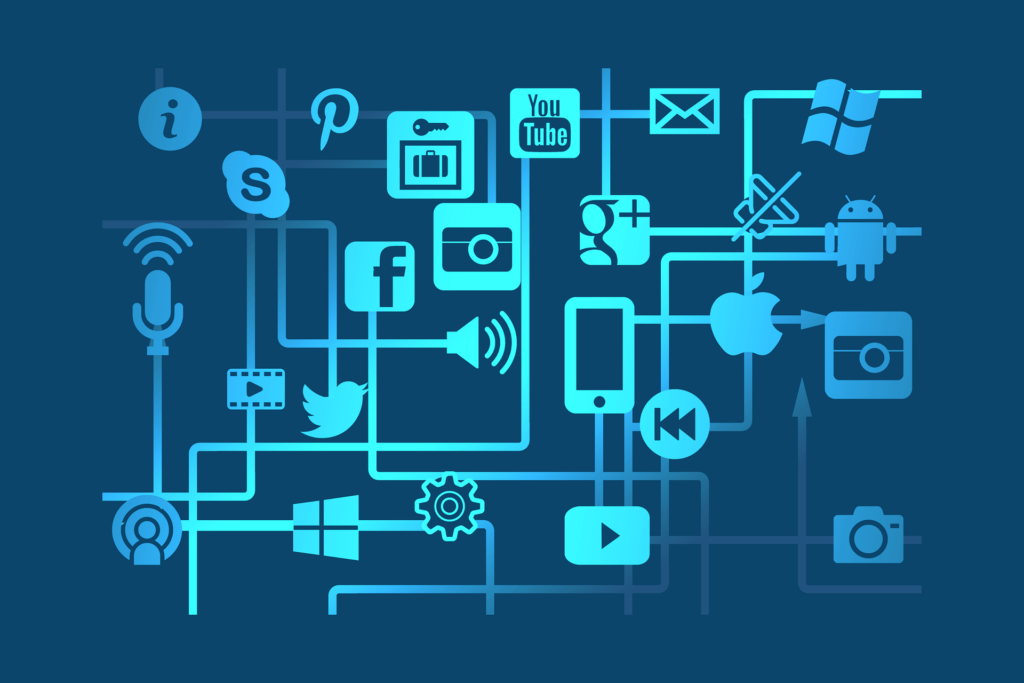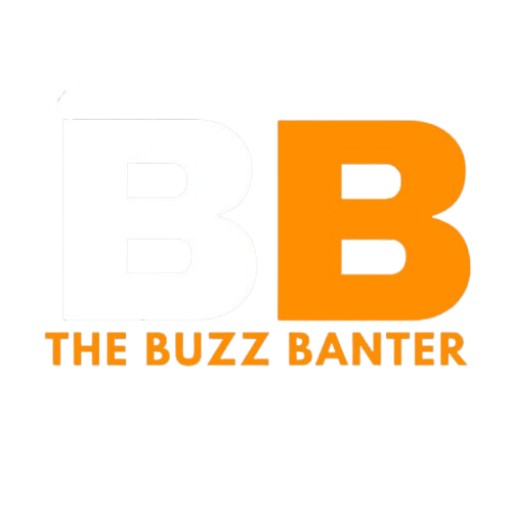
Web3 Revolution: How the Decentralized Internet Transforms Life
Web3 Revolution
The internet has revolutionized how we communicate, work, and live. But behind its convenience lies a system that centralizes control and profits into the hands of a few corporations. Enter Web3, the next phase of the internet. Built on blockchain technology, Web3 promises to decentralize control, restore user privacy, and empower individuals in ways we’ve only dreamed of.
But what exactly is Web3, and how can it reshape our digital lives? Let’s dive deeper into this transformative concept and explore how it could fundamentally change the way we experience the internet.
From Web1 to Web3: A Brief History
To understand Web3, it helps to trace the evolution of the internet:
Web1 (The Static Web)
- Era: 1990s to early 2000s.
- Features: A read-only internet. Websites provided information, but user interaction was minimal.
- Example: Browsing early informational sites like Yahoo or Britannica Online.
Web2 (The Interactive Web)
- Era: Early 2000s to today.
- Features: Social media platforms like Facebook, YouTube, and Instagram dominate. Users create content, but centralized platforms control data, content, and profits.
- Drawbacks: Loss of privacy, monopolization, and exploitation of user data.
Web3 Revolution(The Decentralized Web)
- Era: Emerging now.
- Features: Decentralized platforms powered by blockchain technology allow users to own their data, content, and assets. Web3 brings transparency, privacy, and freedom from corporate control.
What is Web3?

At its core, Web3 is about shifting power from centralized entities (like corporations) to individuals. It uses blockchain technology to enable decentralized applications (dApps) where control is distributed across a network of users rather than being concentrated in a single server.
Key Features of Web3
- Decentralization:
- No single company owns the network; instead, it’s powered by users across the globe.
- Eliminates corporate control and censorship.
- Ownership:
- Users own digital assets, identities, and content through tools like digital wallets and non-fungible tokens (NFTs).
- Example: Artists can sell digital art directly to buyers as NFTs, bypassing middlemen.
- Transparency:
- Blockchain records every transaction and activity, making them publicly accessible and tamper-proof.
- Builds trust and accountability.
- Smart Contracts:
- These self-executing agreements automatically enforce terms without the need for intermediaries like lawyers or banks.
- Example: Paying for a service or receiving royalties happens automatically when conditions are met.
- Incentives:
- Web3 platforms reward users for their participation. For instance, you might earn cryptocurrency for engaging with content or sharing your computing power.
Why Web3 Matters
1. Regaining Privacy and Control
In the current Web2 world, companies like Google, Facebook, and Amazon collect, store, and monetize your personal data. You have little say in how your data is used. Web3 changes this by giving users control over their digital identities.
Example: Instead of logging into apps with a Google account, you use a decentralized wallet that doesn’t track or store your data.
Emotional Impact: Imagine browsing the internet freely, knowing your every move isn’t being tracked or sold.
2. Empowering Underserved Communities
Web3 could bridge the gap for billions of people who lack access to traditional financial systems. Decentralized finance (DeFi) platforms offer loans, savings accounts, and payment systems without requiring a bank account.
Example: A farmer in a remote village could secure a loan through a DeFi platform using only a smartphone.
Emotional Impact: The internet becomes a tool for global equality, offering opportunities regardless of geographic location.
3. A New Era for Creators
Web2 platforms often exploit creators. For example, YouTube takes a significant share of ad revenue, leaving creators with a fraction of the profit. In Web3, creators can directly monetize their work without intermediaries.
Example: Musicians can sell their albums as NFTs, keeping full control and profits.
Emotional Impact: Think about pursuing your creative passions while earning fairly, free from corporate interference.
4. Combatting Misinformation and Fraud
Fake news and online scams thrive in today’s centralized systems. Web3’s transparency could restore trust. Blockchain can verify the authenticity of information, ensuring it comes from credible sources.
Example: A blockchain-verified news platform could flag fake news and highlight reliable content.
Emotional Impact: Imagine scrolling through news you can trust without second-guessing its legitimacy.
Web3 in Action: Real-World Applications

Web3 isn’t just theoretical—it’s already transforming industries:
1. Social Media
Platforms like Lens Protocol and Mastodon are exploring decentralized alternatives to Facebook and Twitter. Users own their content and can monetize it directly.
2. Gaming
Web3 gaming allows players to own in-game assets as NFTs. These assets can be sold or traded, even outside the game.
Example: Games like Axie Infinity let players earn cryptocurrency through gameplay.
3. Healthcare
Blockchain can securely store medical records, making them accessible to patients while maintaining privacy.
4. Supply Chain Management
Companies can use blockchain to track products from manufacturing to delivery, ensuring authenticity and reducing fraud.
5. Finance
Platforms like Aave and Uniswap provide financial services without traditional banks, offering loans, savings, and trading opportunities directly to users.
Challenges Ahead
While Web3 holds immense potential, it’s not without obstacles:
- Complexity: Many people find blockchain and decentralized platforms intimidating. Simplified interfaces are needed for mass adoption.
- Energy Consumption: Early blockchain systems consumed significant energy. Newer models like proof-of-stake aim to reduce this.
- Regulation: Governments are still figuring out how to regulate decentralized systems without stifling innovation.
- Scalability: Current blockchain networks struggle with large-scale use, but advancements like Ethereum 2.0 aim to solve this issue.
The Future of Web3
Web3 represents a massive shift in how we interact online. It’s not just about technology; it’s about redefining digital power structures. While the road to Web3 will have its challenges, the promise of a fairer, more inclusive internet makes it worth pursuing.
How to Get Started with Web3
- Set Up a Digital Wallet: Tools like MetaMask or Trust Wallet let you interact with Web3 platforms.
- Explore Decentralized Apps (dApps): Try platforms like OpenSea for NFTs, Uniswap for DeFi, or Decentraland for virtual worlds.
- Join the Community: Web3 is powered by collaboration. Follow Web3 groups on Discord, Twitter, or Reddit to stay informed.
Conclusion: Embrace the Revolution of Web3
The promise of Web3 is not just a technological shift but a profound transformation in how we live and interact online. Imagine a world where you own your data, control your assets, and navigate the internet without the looming shadow of corporate dominance. Web3 empowers individuals, fosters trust, and creates opportunities for a fairer, more inclusive digital future.
Yes, challenges exist, but every groundbreaking movement faces hurdles. With innovation and collaboration, Web3 has the potential to redefine what the internet stands for—freedom, equality, and connection.
Are you ready to take the first step into this decentralized revolution? The future of the internet isn’t just about technology; it’s about empowering you. So, why wait? Join the movement today and help shape a better, freer digital world.
Summary: Why Web3 Could Transform Our Digital Lives
Web3 represents the next phase of the internet, moving us away from the centralized control of Web2 into a decentralized, blockchain-powered ecosystem. It promises users:
- Privacy and ownership of their data and digital assets.
- Freedom from corporate dominance and censorship.
- Transparency and trust through blockchain technology.
- Opportunities for creators, underserved communities, and innovators to thrive.
From decentralized social media to transparent healthcare solutions, Web3 is already making waves. While challenges like scalability, regulation, and complexity remain, the potential to create a fairer, more inclusive internet is undeniable.
Web3 isn’t just about technology—it’s about returning power to the people. Are you ready to take control and embrace this transformative vision for the future? The journey begins with you.
FREQUENTLY ASKED QUESTIONS (FAQs)
1. What is Web3, and how is it different from Web2?
Web3 is the next evolution of the internet, built on blockchain technology. Unlike Web2, where companies like Facebook or Google control your data, Web3 gives you ownership of your digital identity, assets, and interactions. It’s not just an upgrade—it’s a revolution in how we experience the digital world.
2. How can Web3 improve my online privacy?
Web3 eliminates the need for middlemen who collect and sell your data. By using decentralized tools like digital wallets, your online activities remain private, transparent, and under your control. Imagine an internet where you no longer have to sacrifice privacy for convenience!
3. Is Web3 only for tech-savvy people?
Not at all! While Web3 technology can seem complex, many platforms are becoming user-friendly, with step-by-step guides to help beginners. Just like Web2 once felt unfamiliar, Web3 is designed to become accessible to everyone over time.
4. How does Web3 empower creators?
In Web3, creators no longer need to rely on platforms that take large cuts of their earnings. Through tools like NFTs, artists, musicians, and writers can sell their work directly to their audience, retaining ownership and earning their fair share. It’s a game-changer for creative freedom!
5. What are the real-world applications of Web3?
Web3 is already transforming industries:
Finance: Access loans and investments without a bank.
Gaming: Own and trade in-game assets as NFTs.
Social Media: Control your content and data.
Healthcare: Securely manage your medical records.
It’s not just about technology; it’s about creating meaningful changes in how we live and work online.
6. Is Web3 environmentally friendly?
Earlier blockchain models were energy-intensive, but newer technologies like proof-of-stake are significantly reducing energy consumption. Web3’s developers are actively working to make it more sustainable.
7. Can Web3 really eliminate fake news and fraud?
Yes, Web3’s blockchain technology creates transparent and tamper-proof records. This means information can be verified at the source, reducing misinformation and building trust in online platforms.
8. What challenges does Web3 face?
Web3 is still evolving and faces challenges like scalability, regulatory uncertainty, and user education. But every great innovation starts with hurdles. Developers and communities are working tirelessly to overcome these barriers and make Web3 a global standard.
9. How can I get started with Web3?
Start by setting up a digital wallet like MetaMask. Explore decentralized apps (dApps) such as OpenSea for NFTs or Uniswap for financial services. Join Web3 communities on Discord or Twitter to stay updated and connect with like-minded individuals. The first step is easier than you think!
10. Is Web3 really the future of the internet?
Absolutely! Web3 represents a shift toward a fairer, more inclusive internet where you, the user, are in control. It’s not just a trend—it’s a vision for a better digital world. And the best part? You have the power to be part of this transformation.
11. What is blockchain, and why is it important for Web3?
Blockchain is a decentralized, digital ledger that records transactions across multiple computers in a secure, tamper-proof way. It’s the backbone of Web3, ensuring transparency, trust, and ownership without relying on centralized entities like banks or corporations.
12. How does Web3 handle security? Is it safer than Web2?
Web3 is designed with security at its core. By decentralizing data storage and transactions, Web3 reduces the risks of large-scale data breaches that are common in Web2. While it’s not immune to vulnerabilities, its architecture makes it much harder for hackers to exploit.
13. Can Web3 help reduce online censorship?
Yes, one of Web3’s biggest promises is freedom from centralized control. Decentralized platforms can’t be easily censored or shut down because they rely on peer-to-peer networks rather than a single authority. This gives users more freedom to express themselves online.
14. What are dApps, and why are they important in Web3?
Decentralized applications, or dApps, are apps built on blockchain technology. Unlike traditional apps, they don’t rely on centralized servers, which means they offer greater transparency, security, and user control. Popular examples include DeFi platforms like Aave and NFT marketplaces like OpenSea.
15. How will Web3 change social media?
In Web3-based social media, users control their content and data. Imagine earning cryptocurrency rewards for your posts or transferring your follower base across platforms without losing connections. It’s a shift from exploitation to empowerment.
16. Are cryptocurrencies the same as Web3?
Not exactly. Cryptocurrencies are a component of Web3, serving as a means of exchange and rewarding participants in decentralized systems. Web3 is broader, encompassing technologies like blockchain, NFTs, decentralized finance (DeFi), and more.
17. What is the role of NFTs in Web3?
Non-Fungible Tokens (NFTs) are unique digital assets that represent ownership of items like art, music, videos, or virtual real estate. In Web3, NFTs allow creators to sell and prove ownership of digital assets directly to buyers, revolutionizing industries like art and gaming.
18. How does Web3 impact businesses?
Web3 opens up new opportunities for businesses by reducing costs, eliminating intermediaries, and enabling direct relationships with customers. Companies can use blockchain to create transparent supply chains, implement smart contracts, or reward loyal customers with tokenized incentives.
19. What’s the role of smart contracts in Web3?
Smart contracts are self-executing agreements with terms directly written into code. They automate transactions when conditions are met, eliminating the need for middlemen. For instance, they’re used in DeFi for loans or NFT sales.
20. How does Web3 promote financial inclusion?
Web3 removes barriers like banking access, credit checks, and geographic restrictions. Through DeFi platforms, anyone with an internet connection can access loans, investments, and savings accounts without traditional financial institutions.
21. What is a decentralized autonomous organization (DAO), and how does it relate to Web3?
DAOs are organizations run by blockchain-based smart contracts where decisions are made collectively by token holders. They embody the decentralized ethos of Web3, enabling transparent governance without a central authority.
22. Will Web3 require faster internet or better technology to work?
While Web3 benefits from advancements in internet infrastructure, it doesn’t require extremely high-speed connections. However, as the ecosystem evolves, technological improvements will likely enhance user experiences.
23. How will Web3 impact e-commerce?
Web3 could revolutionize e-commerce by enabling direct transactions without platforms like Amazon taking hefty fees. Blockchain can also verify product authenticity, protect buyer data, and enable secure cross-border payments.
24. What role does artificial intelligence (AI) play in Web3?
AI can complement Web3 by analyzing decentralized data for insights, enhancing user experiences in dApps, and enabling automated, smarter decision-making in areas like DeFi or supply chain management.
25. How will Web3 impact education?
Web3 could create decentralized learning platforms where educators and students directly interact. Blockchain can verify credentials, and token-based systems can reward students for completing courses or projects.
26. What are some current challenges Web3 faces?
Challenges include:
Scalability: Managing large numbers of transactions quickly.
User education: Helping people understand and adopt Web3 technologies.
Regulation: Navigating uncertain legal landscapes.
Interoperability: Ensuring different blockchains work together seamlessly.
27. Will Web3 eliminate the need for big tech companies?
Web3 isn’t about eradicating big tech but creating alternatives. It shifts power to users, offering freedom from monopolistic practices. However, big tech companies may adapt and find ways to coexist with Web3.
28. How can Web3 affect healthcare?
Web3 can revolutionize healthcare by securely storing patient data on blockchains, ensuring accessibility only to authorized parties. It can also improve transparency in clinical trials and facilitate secure data sharing for research.
29. Is Web3 truly accessible to people in developing countries?
Web3 has immense potential for developing regions, providing financial tools and internet access to underserved populations. Affordable internet and user-friendly platforms will be key to ensuring inclusivity.
30. What’s the emotional impact of Web3 on users?
Web3 empowers individuals, giving them a sense of control, freedom, and fairness in the digital world. It fosters trust in technology and offers hope for a future where everyone, regardless of their background, can thrive online.




